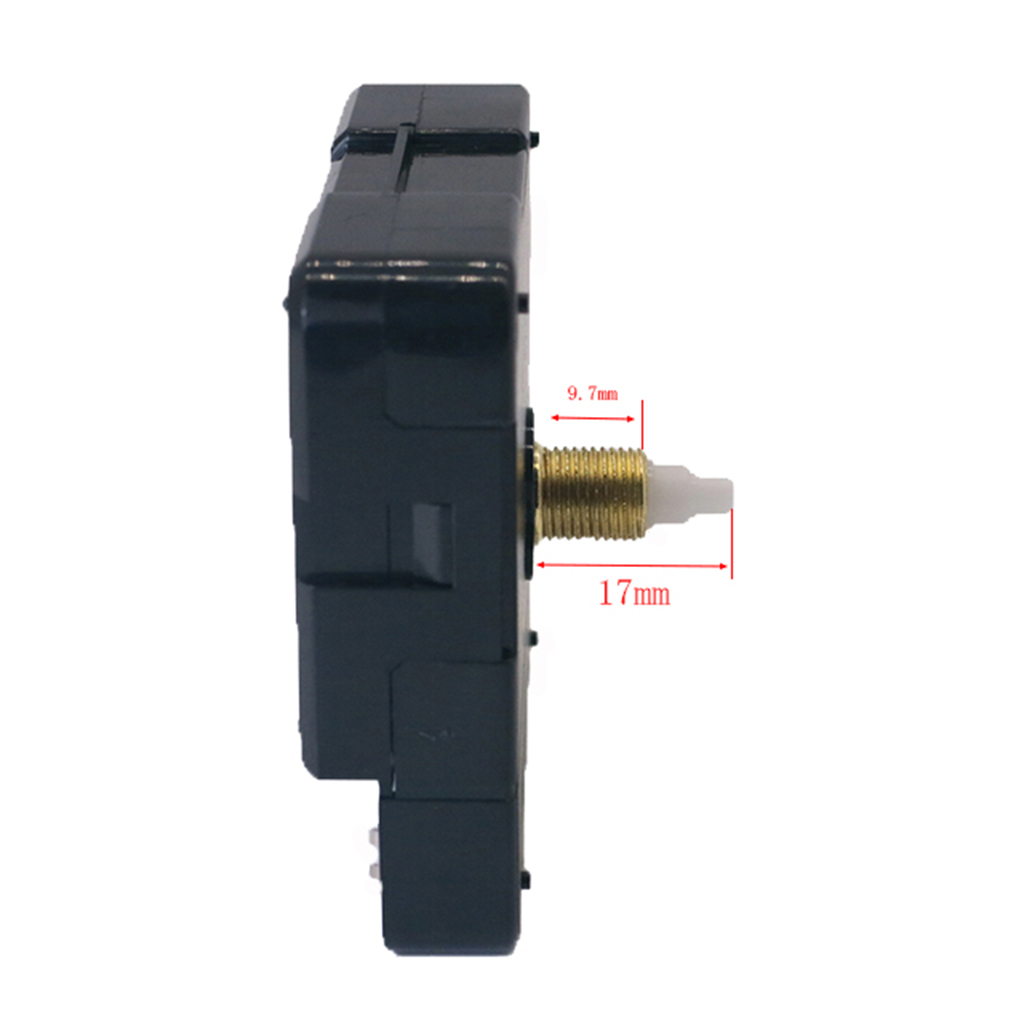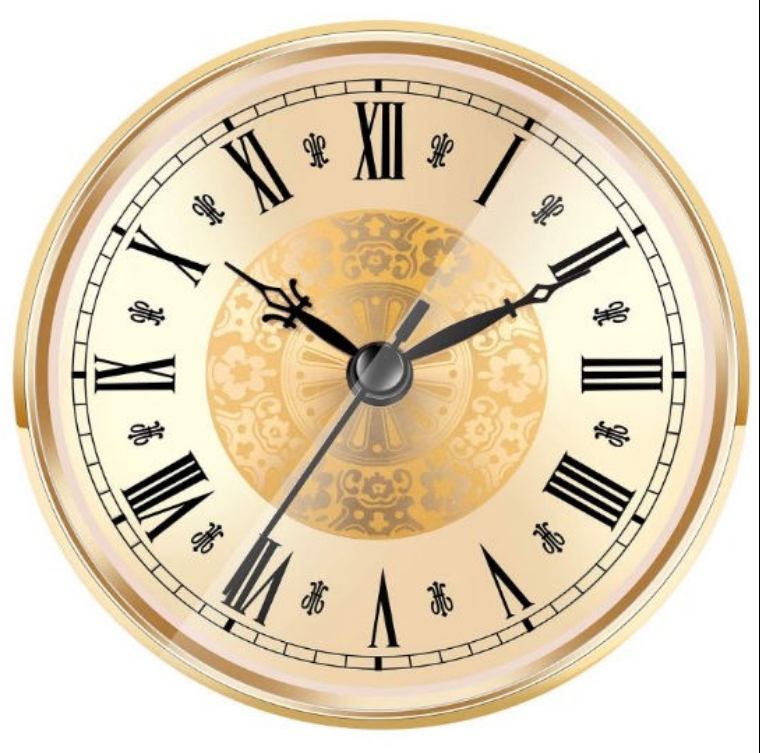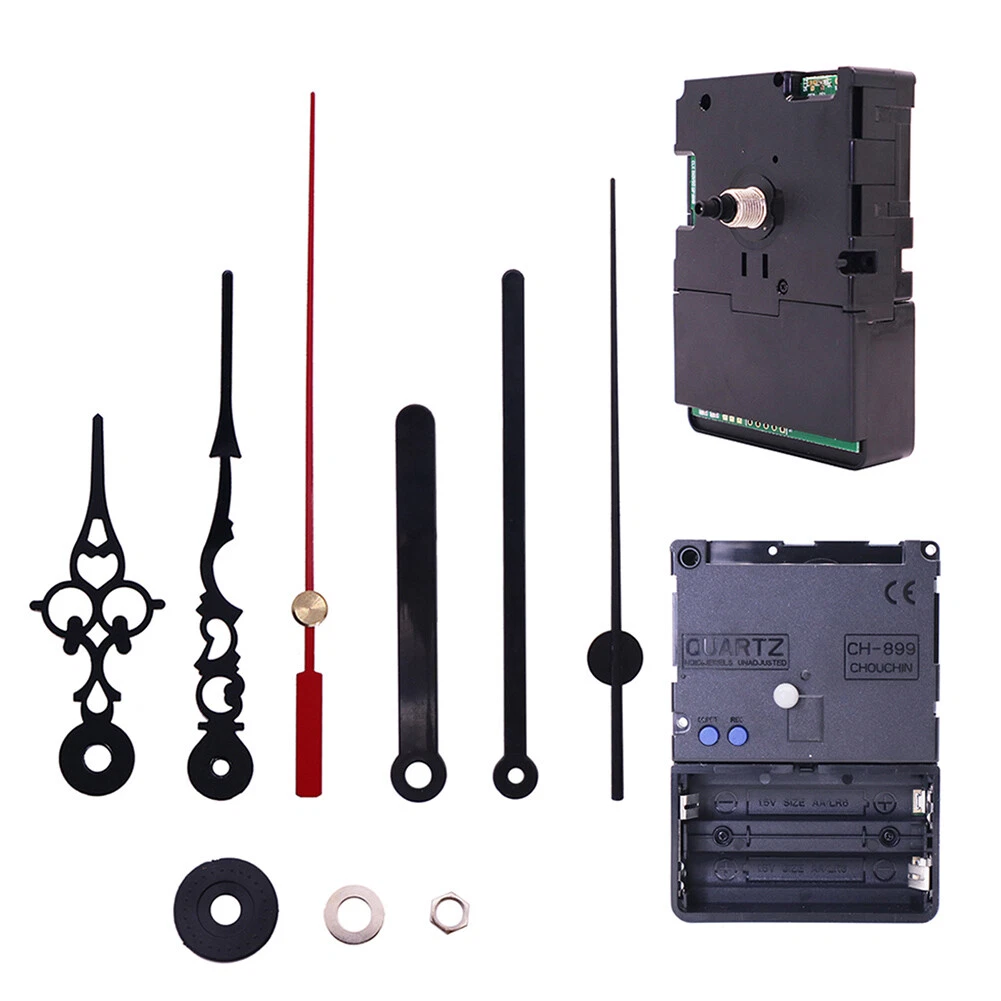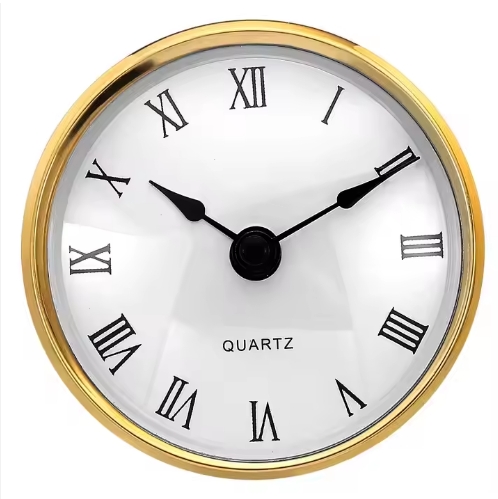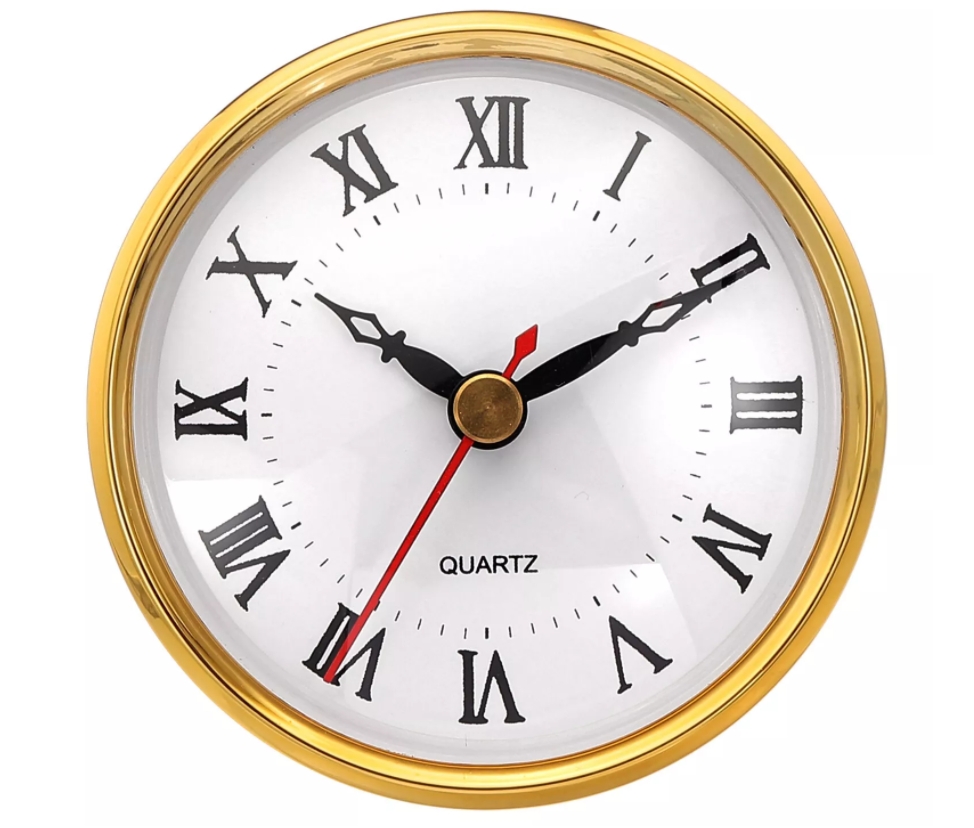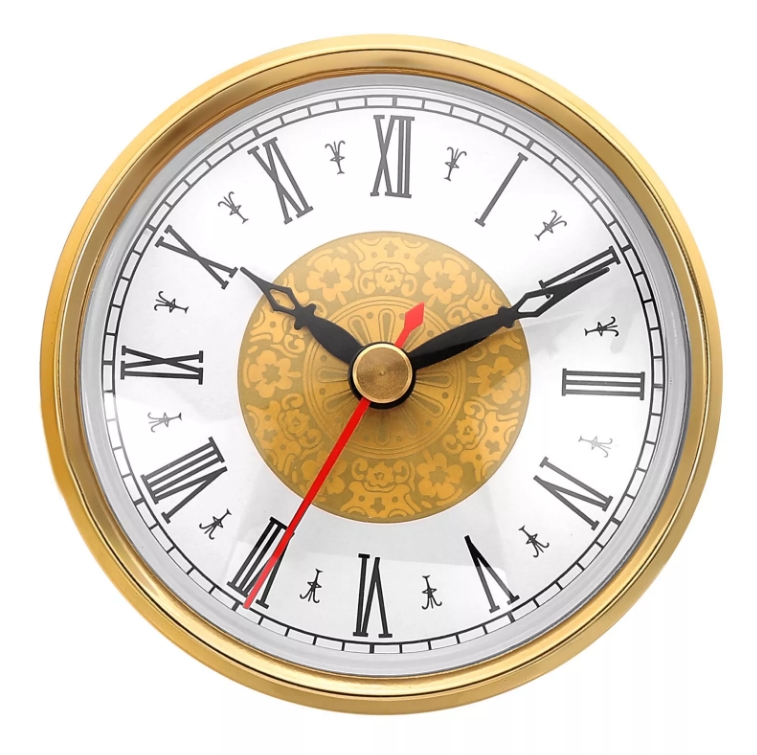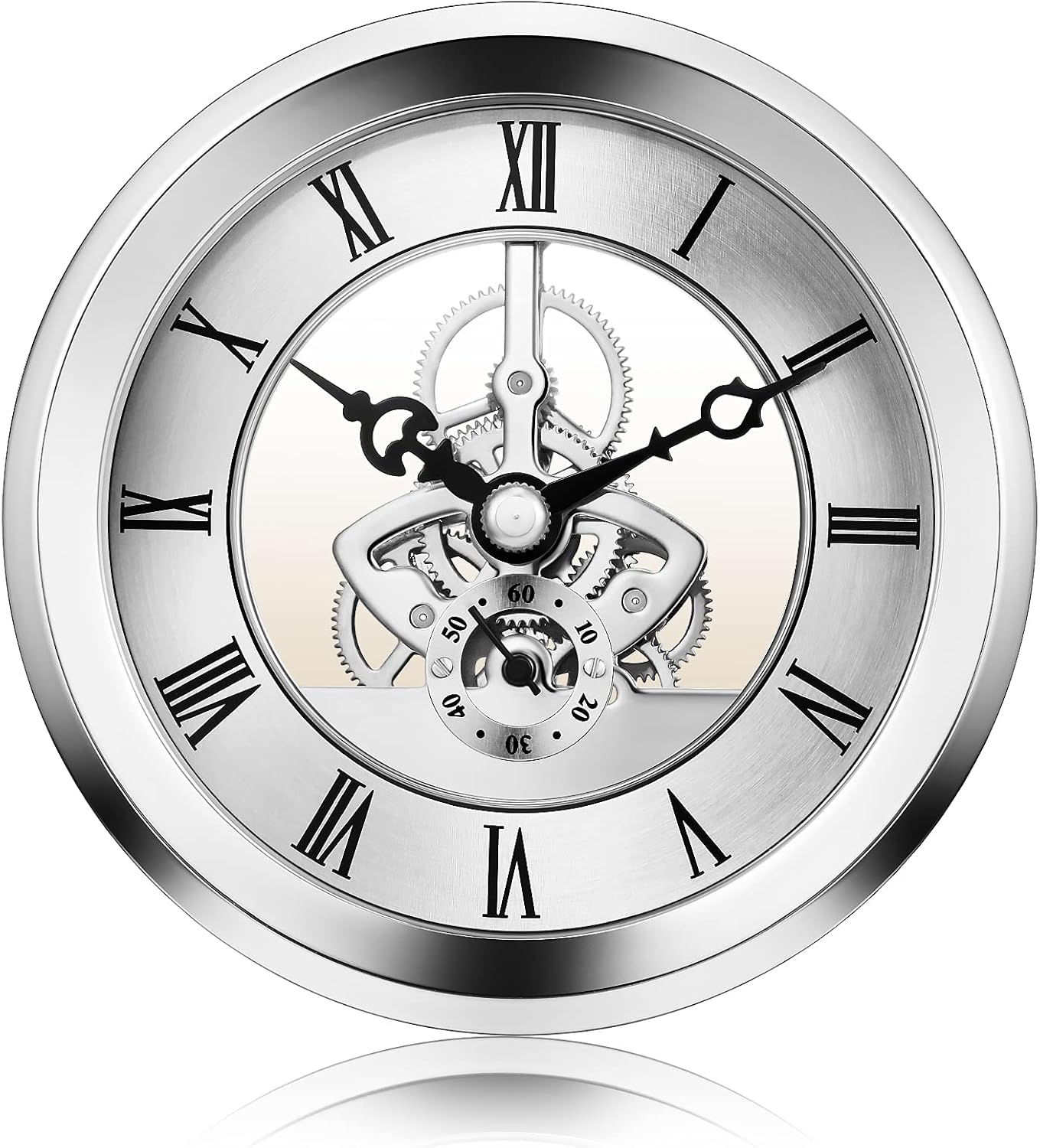



For many people, the dignified appearance and mellow sound of a grandfather clock gives life to a home; in addition, buying a grandfather clock can be an excellent investment.
As decorative objects, they cover a large variety of styles, from the early country examples to those with extremely sophisticated dials, movements, and cases.
When first built, these clocks were referred to as the long clock, tall-case clock, tall clock, hall clock, floor clock, or even coffin clock. The term “grandfather clock” became its most popular name after a song writer by the name of Henry Clay wrote a “Grandfather Clock” song in 1876.
A BIT OF HISTORY. . .
The very first early mechanical clocks, which didn’t have pendulums, were developed in the last half of the 13th century, probably by monks from central Europe, and were placed within the church. They did not have dials or hand and only struck bells on the hour. It was over 100 years before visible dials and hands were added. These early clocks were very large and were made of heavy iron frames and gears forged by the local blacksmiths. By the first part of the 15th century, small domestic clocks started to appear. They were probably made by the local gunsmiths or locksmiths.
- Sweep clock movement
- Clock hands
- High torque clock movement
- Skeleton clock movement
- Radio controlled clocks
- Pendulum clock movement
- 24 hours clock movement
- Tide clock movement
- DIY clock movement
- Round clock movement
- Quartz clock movement
- Clock inserts
- Watch inserts
- Clock parts
- Clock dials
- Wall clocks
- Plastic clock movements
- Toy clock movements
- Hook clock movement
- Alarm clock
- Clock movement
- Movements package
- Clock hands catalog



Sitemap Admin Powered by: hkwww.cn
Tel: 86-769-85532891 E-mail: talent@hengrongclock.com.cn http://www.clockmovements.cn
Keywords: clock movement, clock parts, clock hands, clock mechanism, clock accessories, cuckoo clock, alarm clock, insert clock





